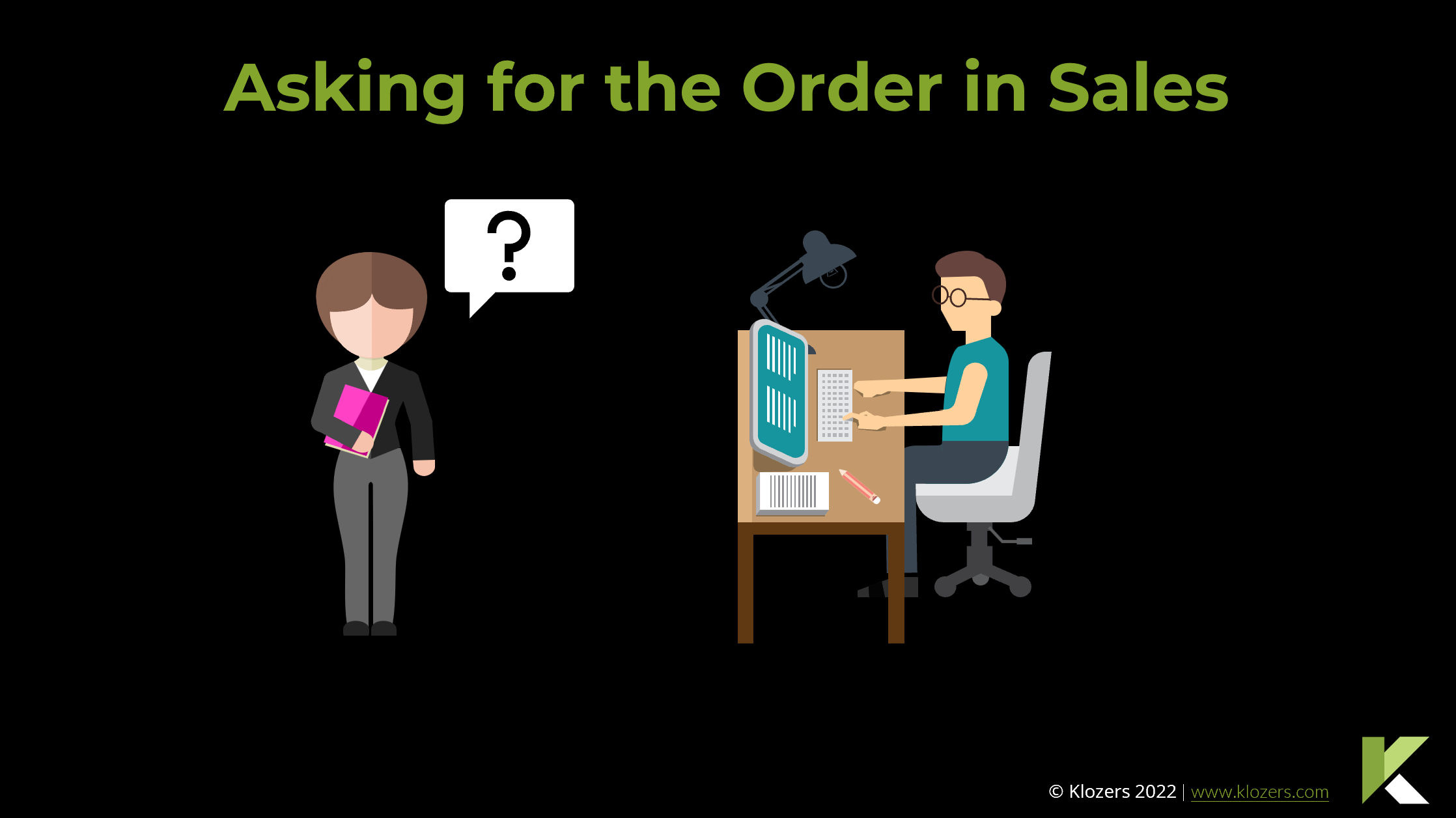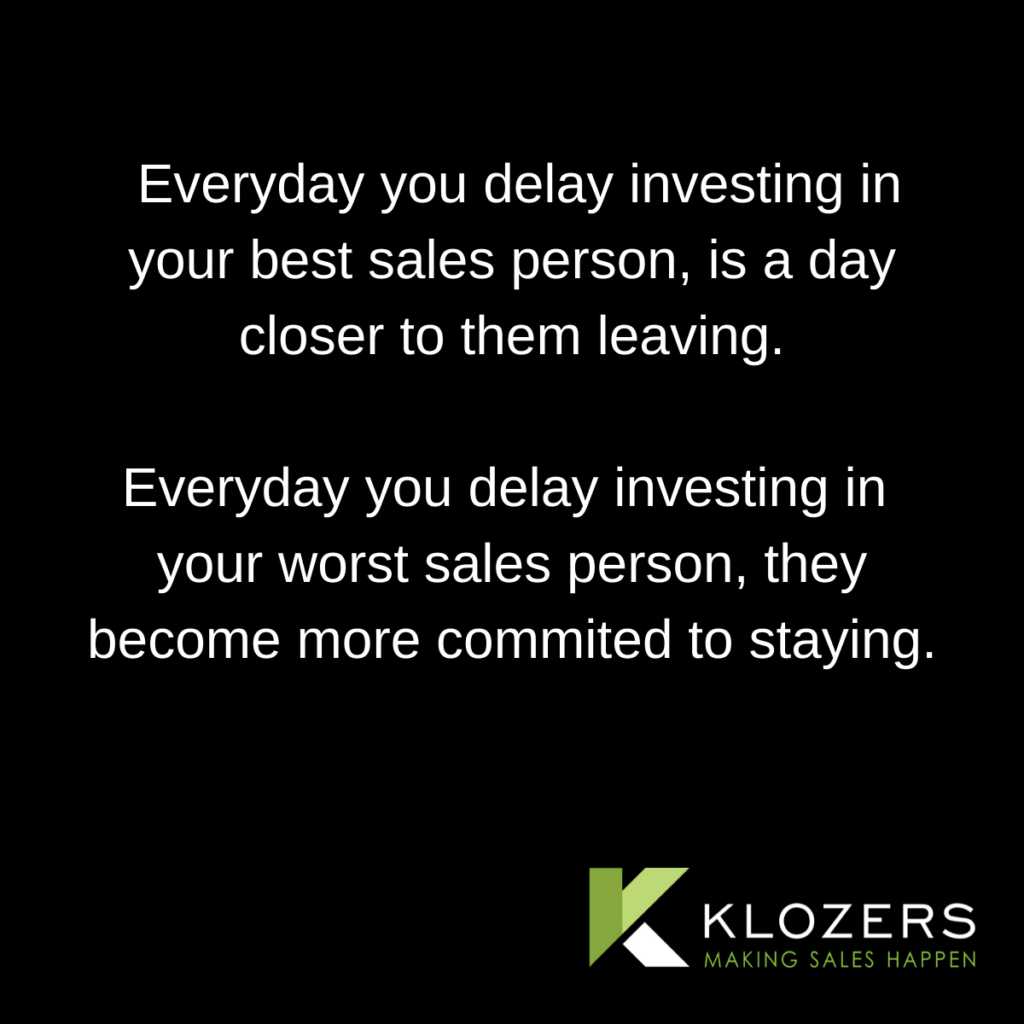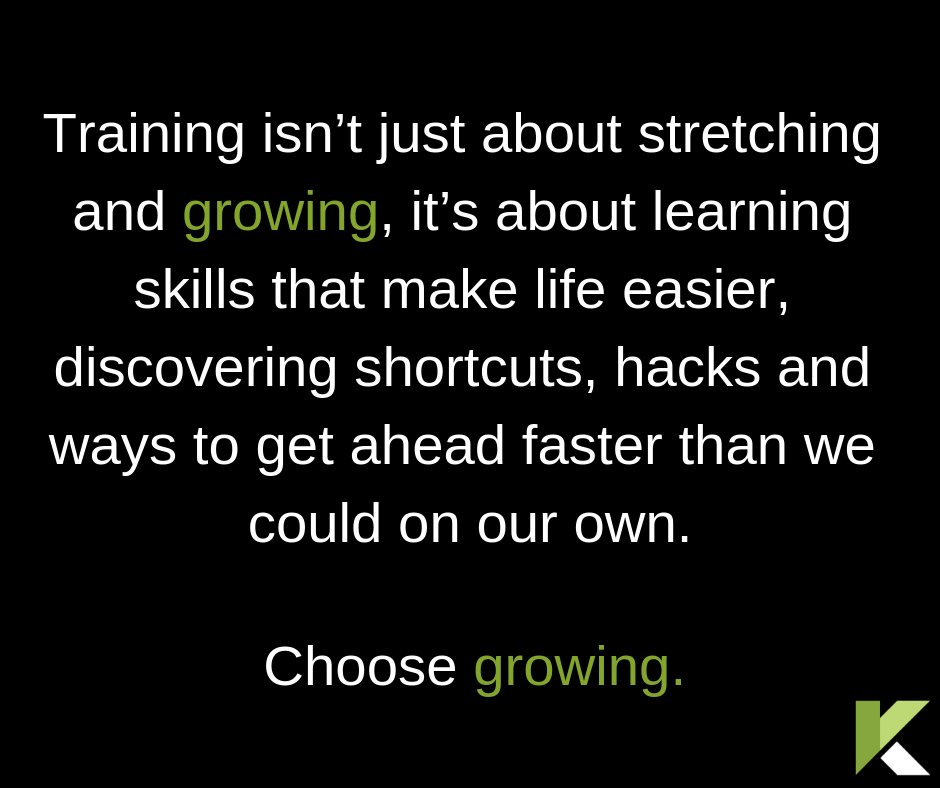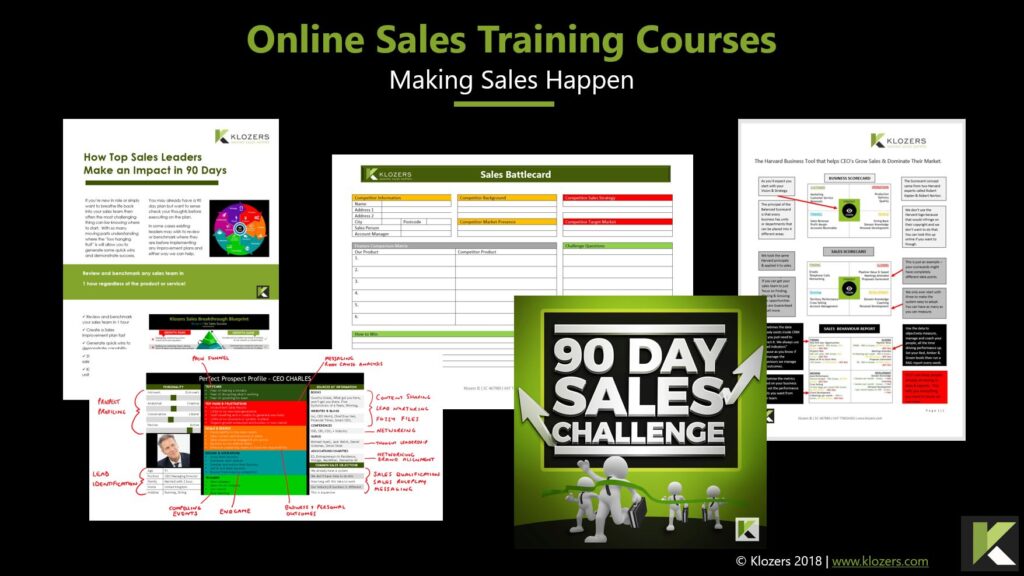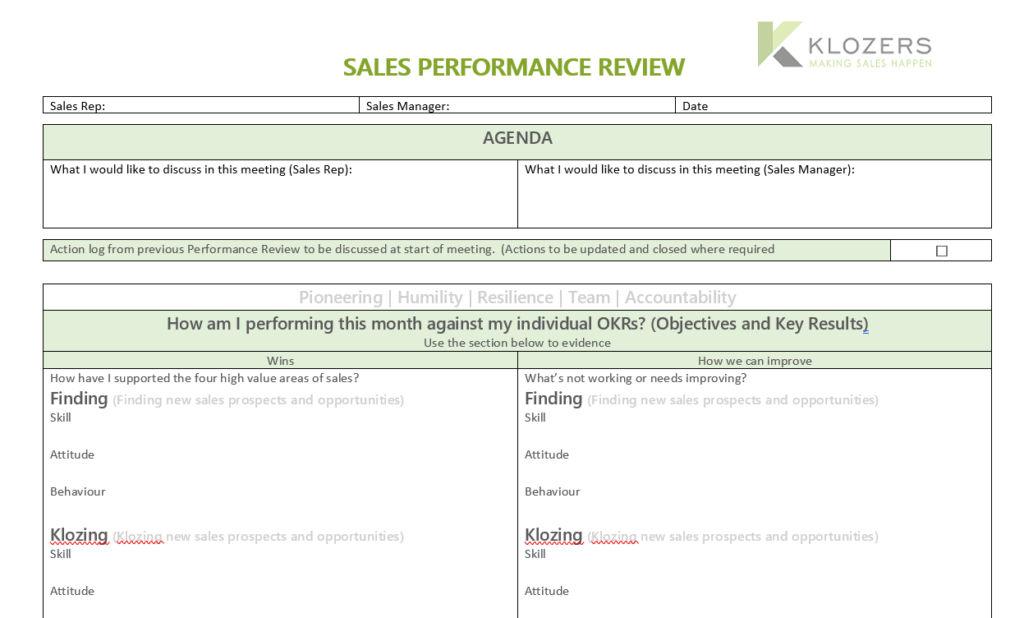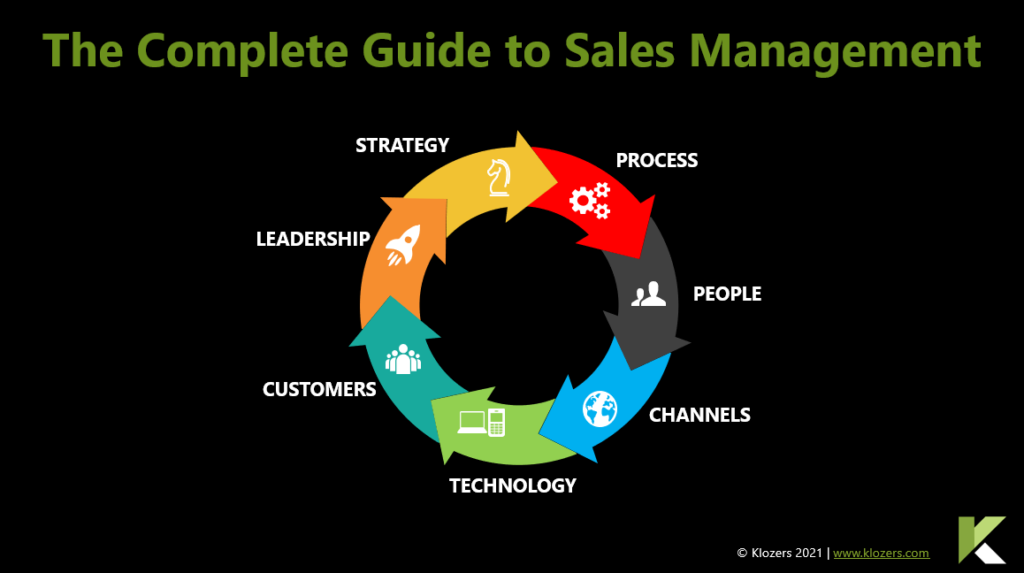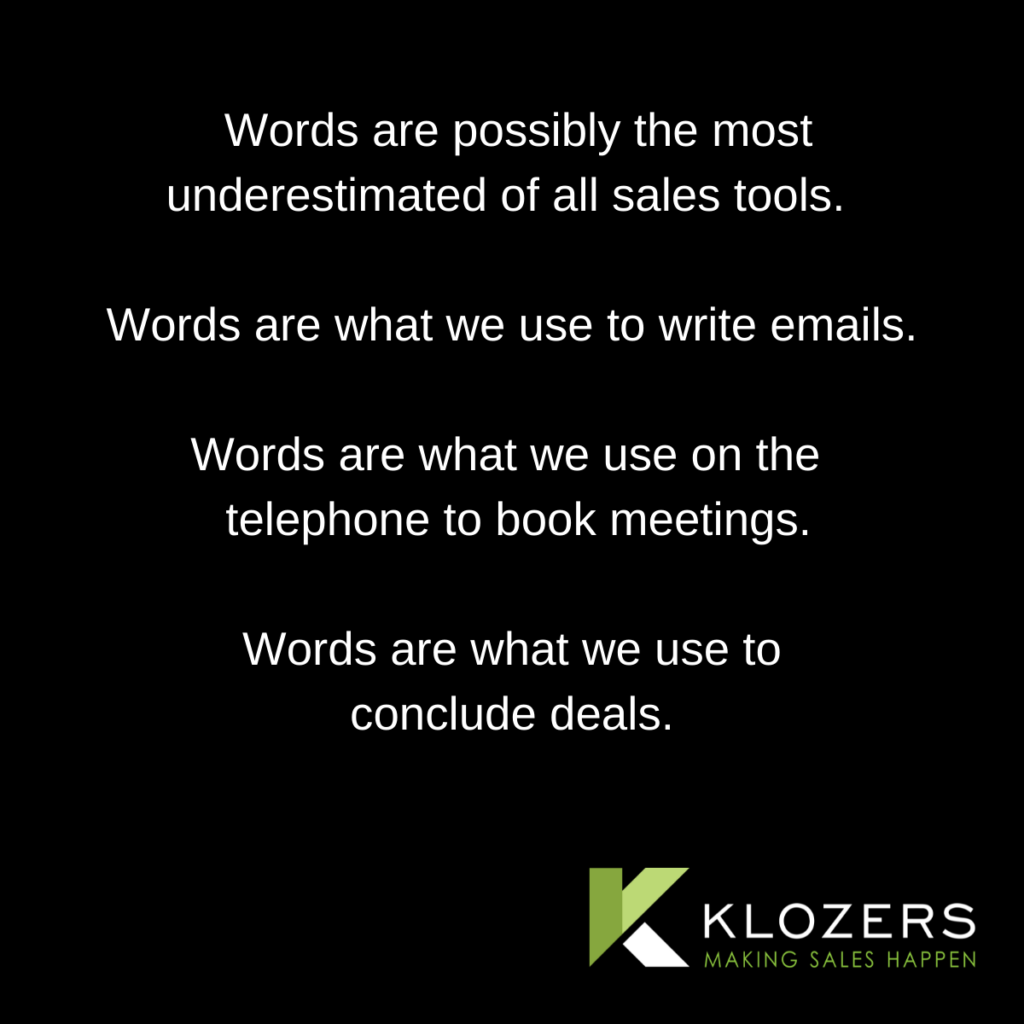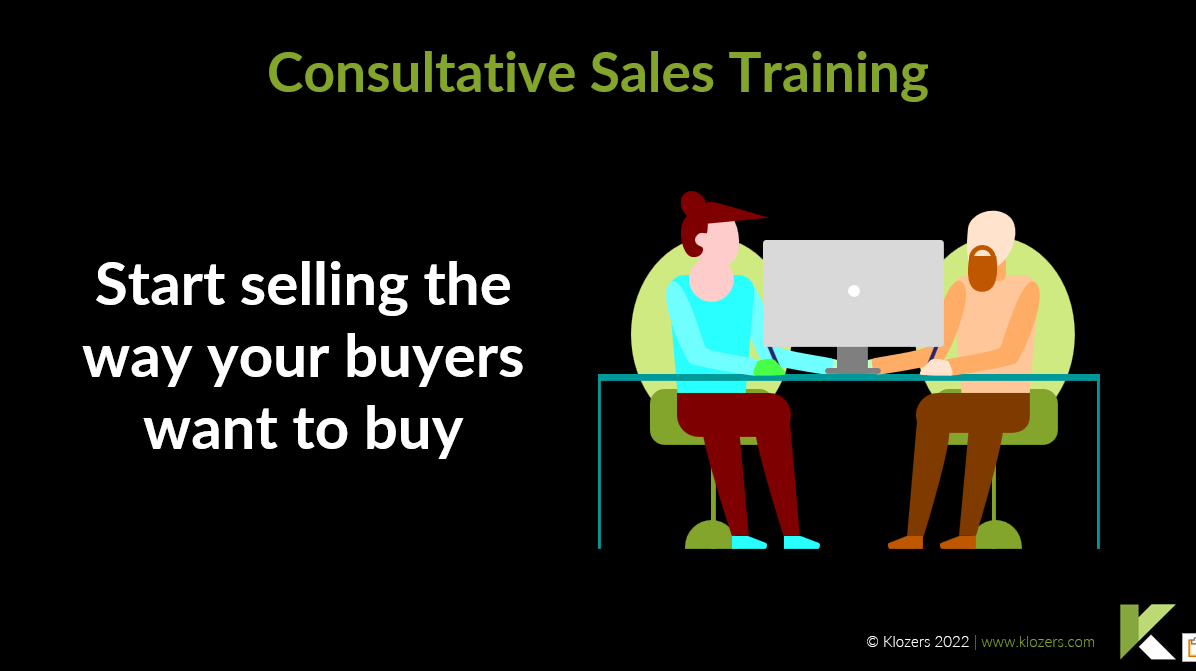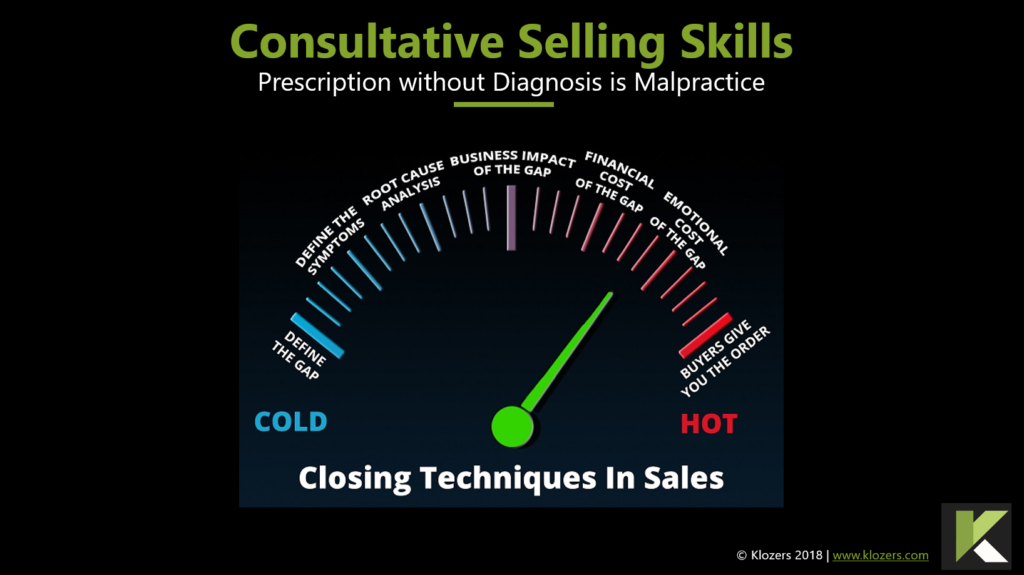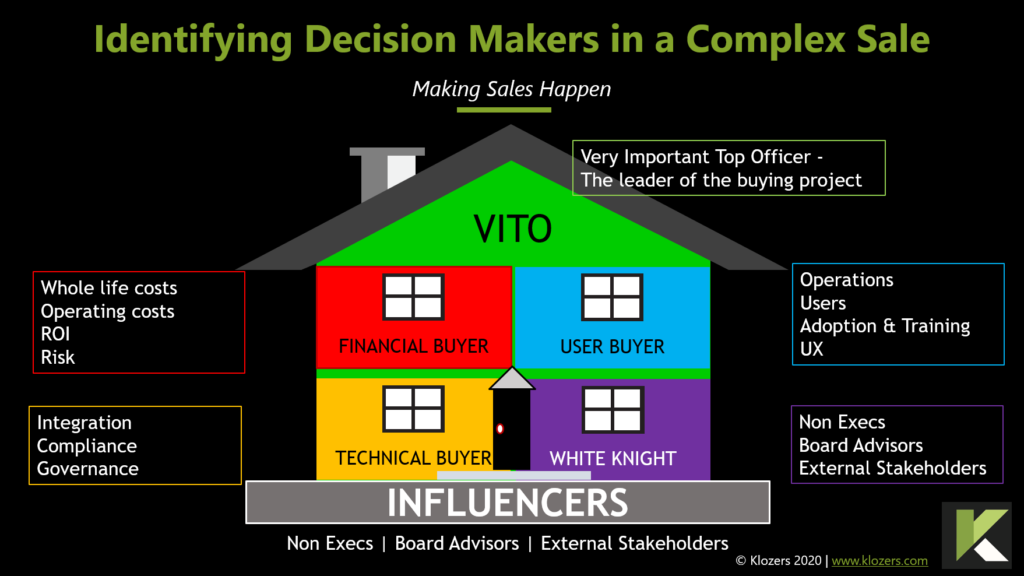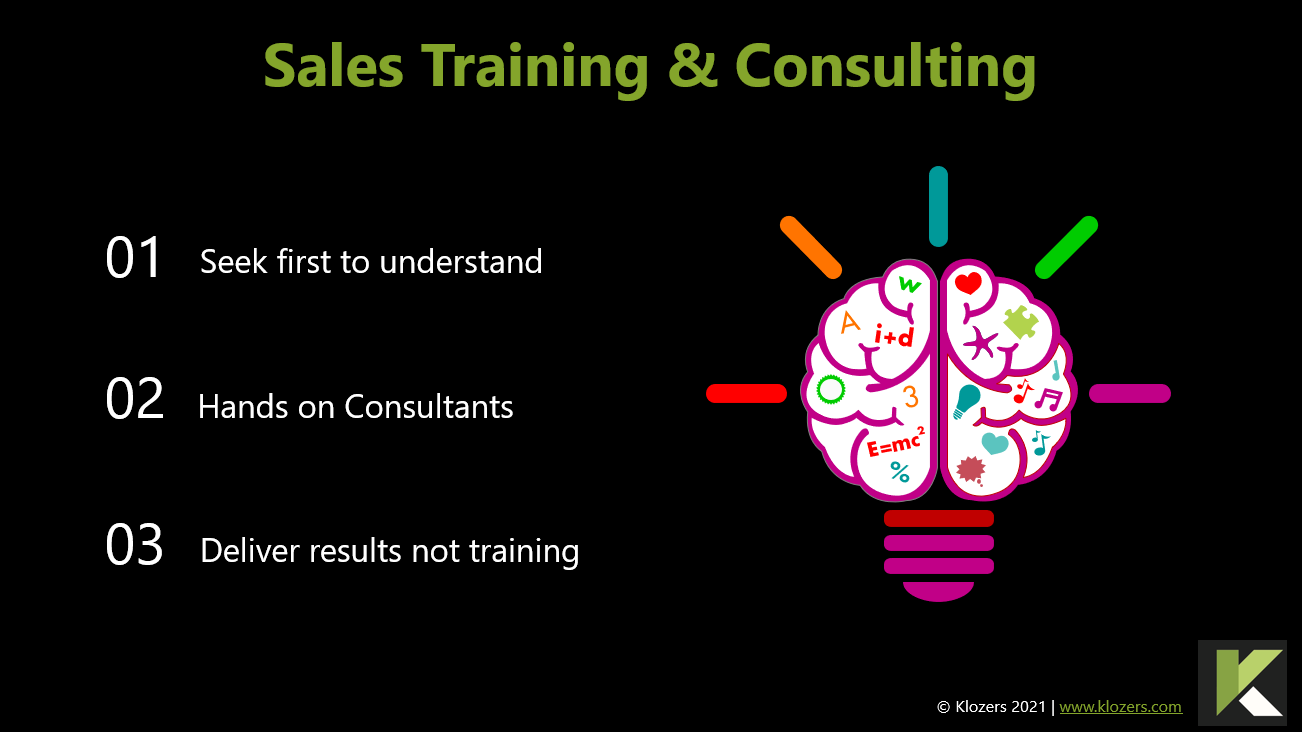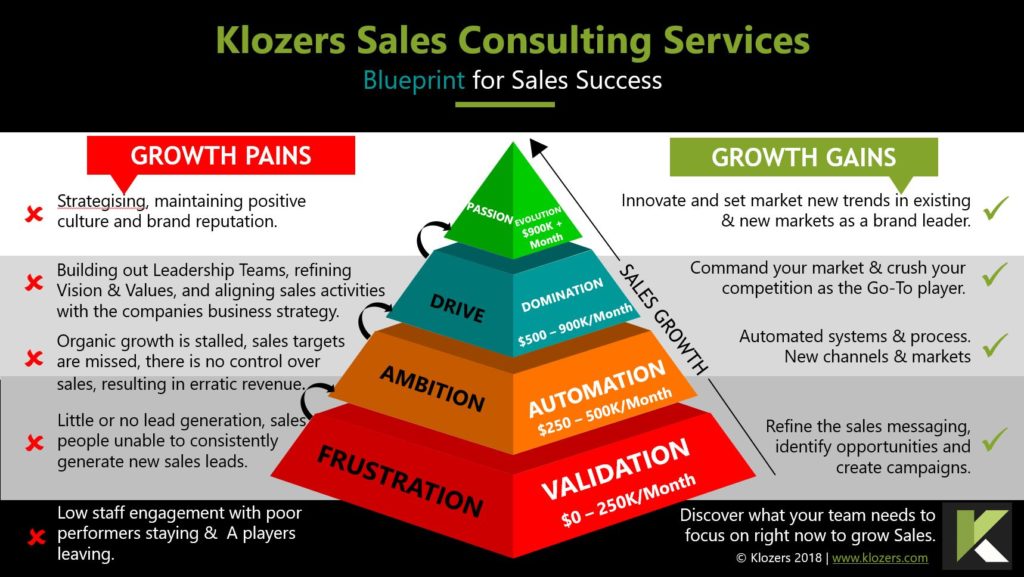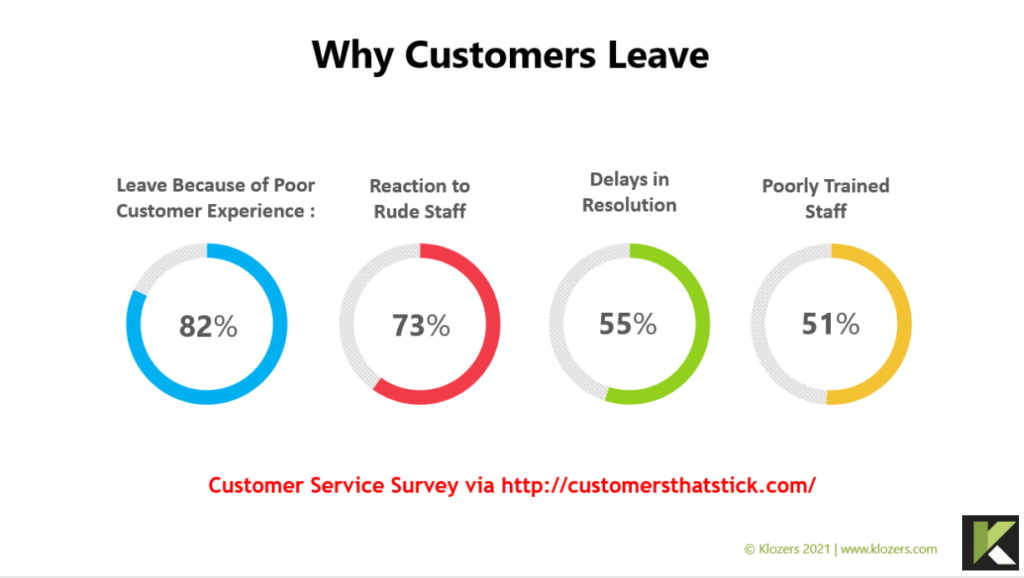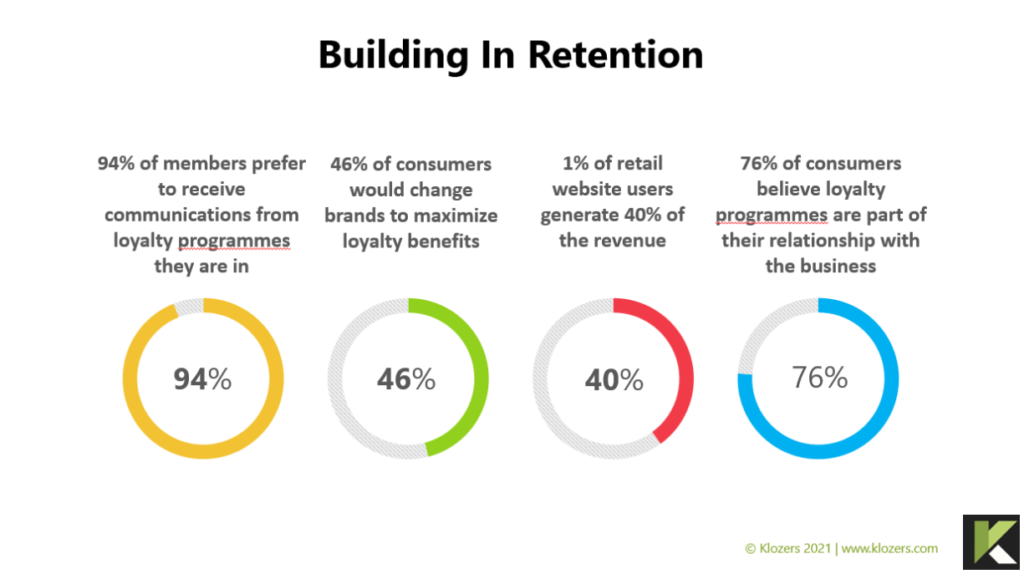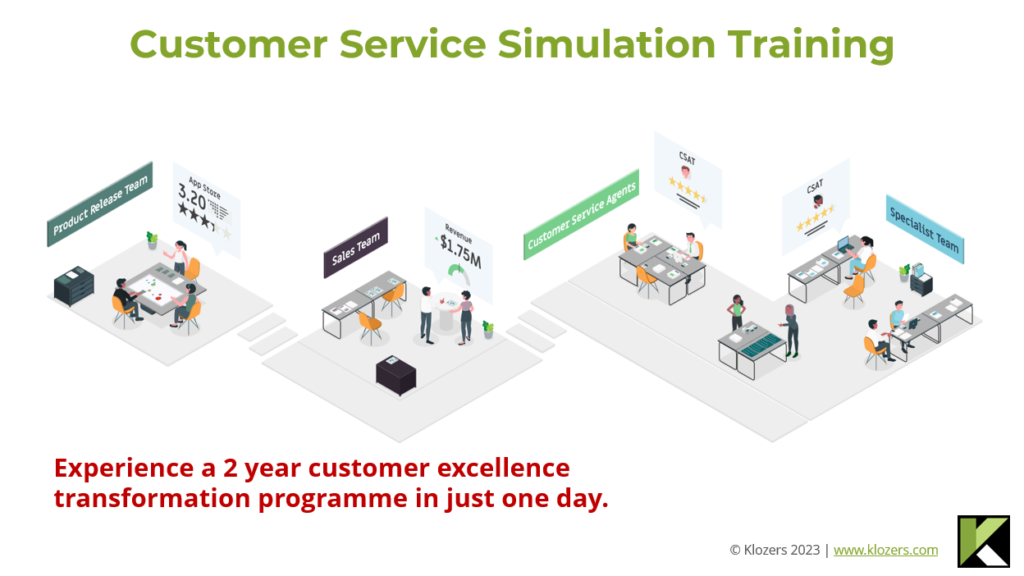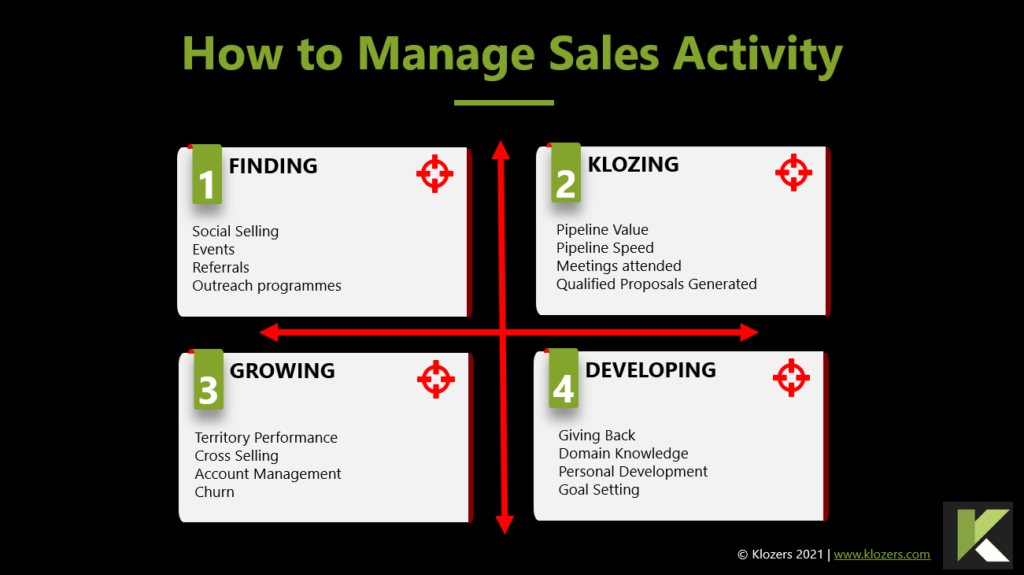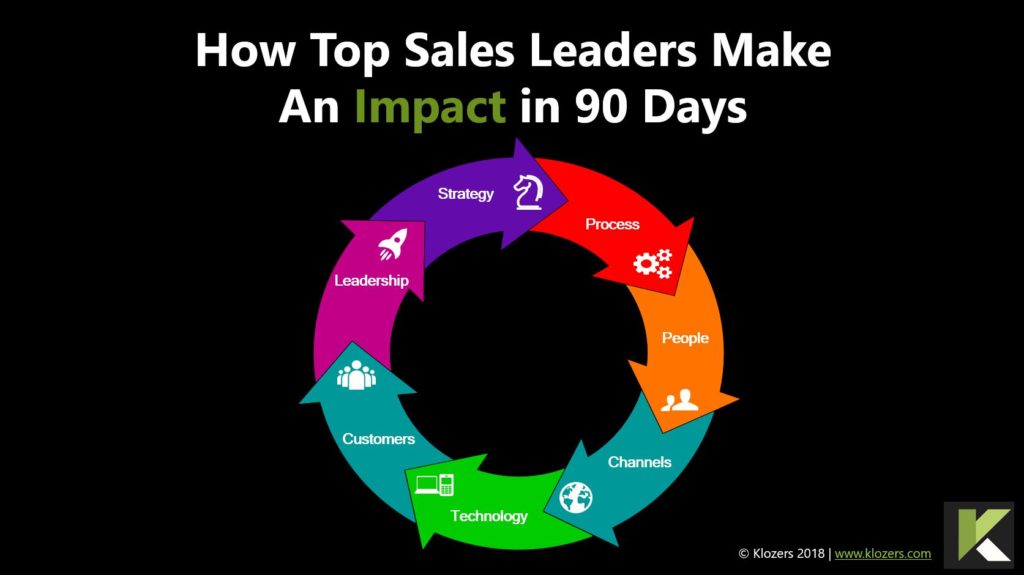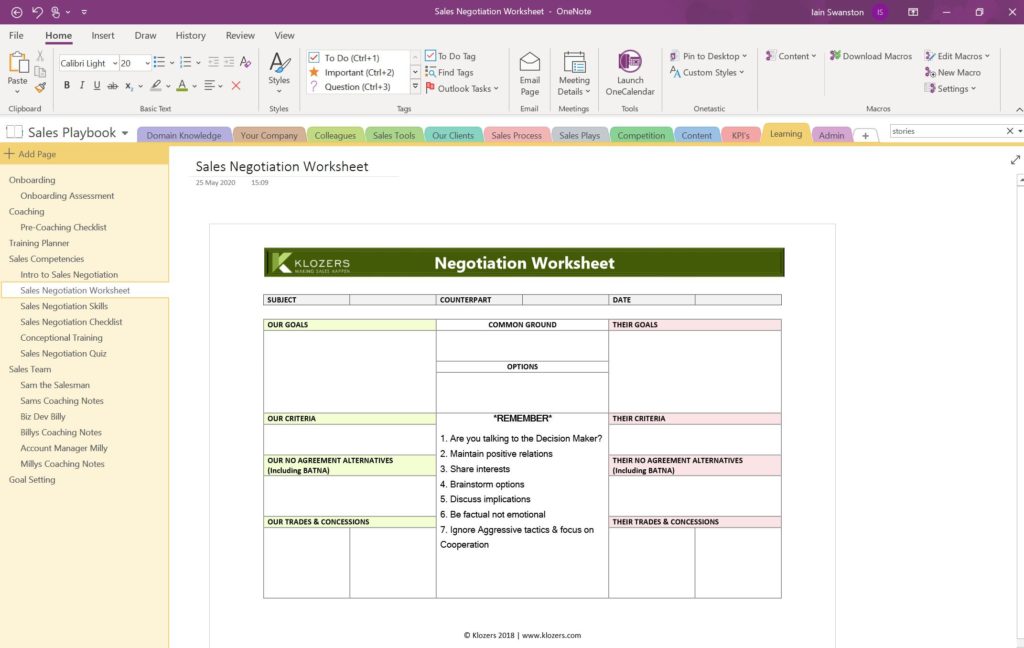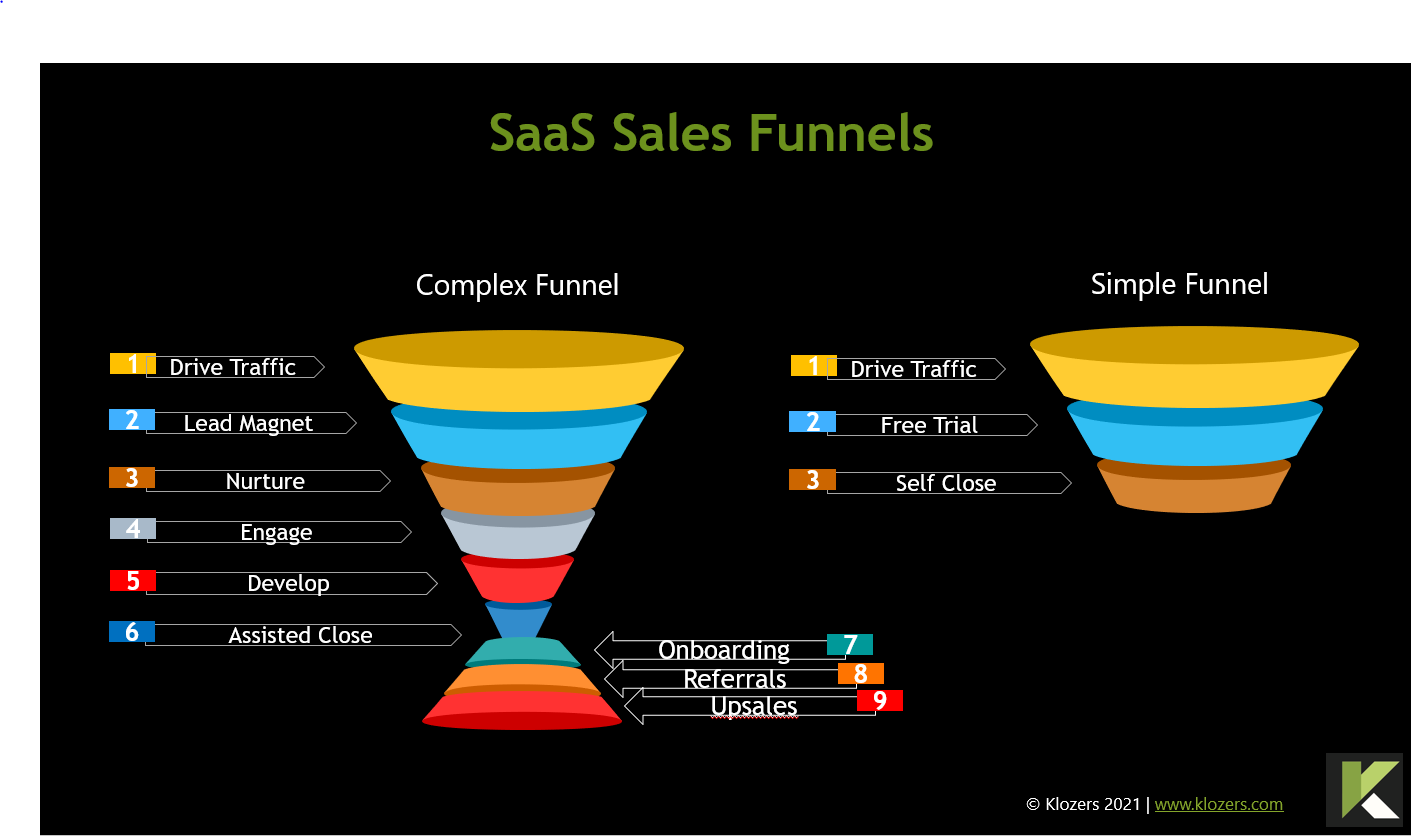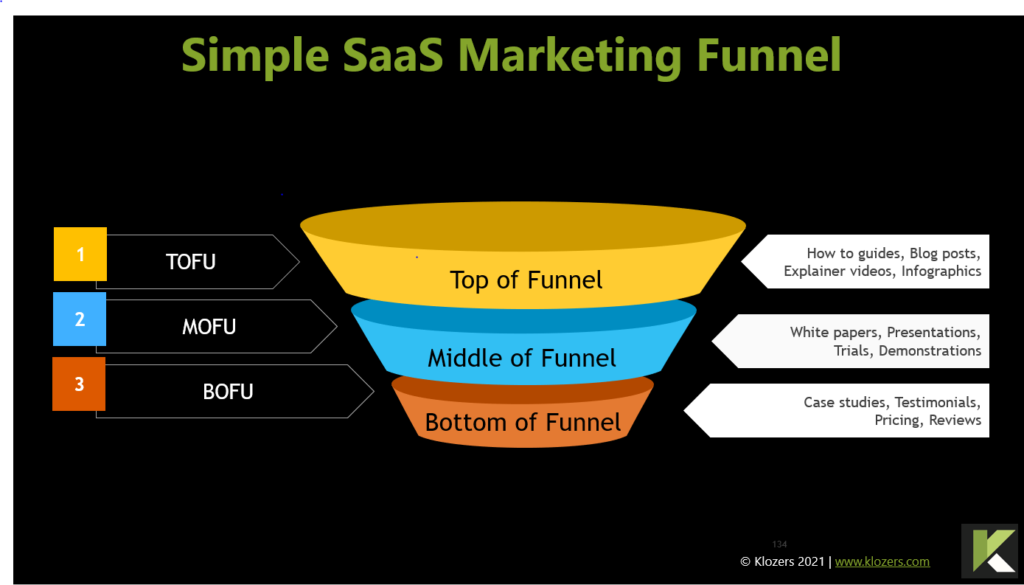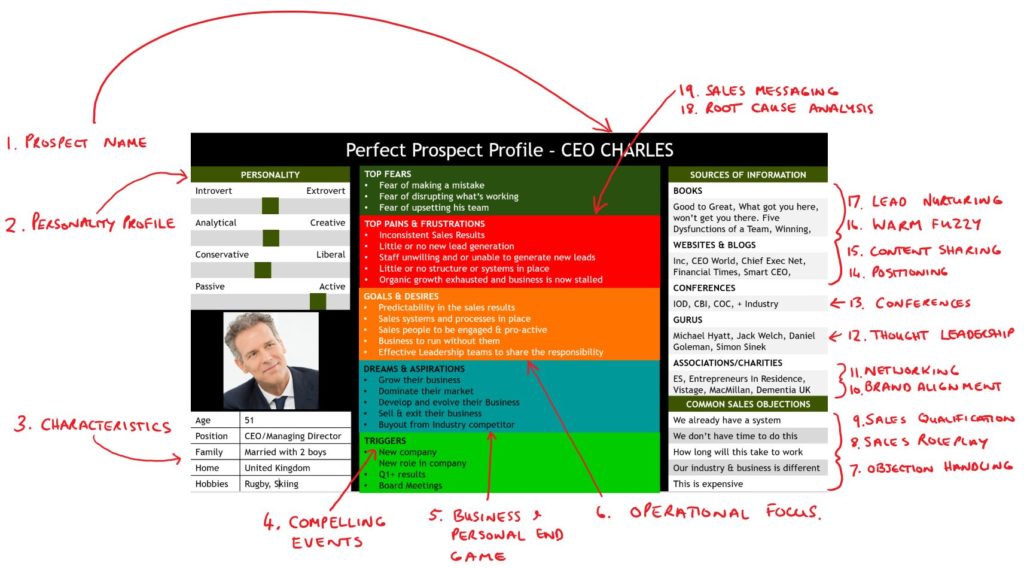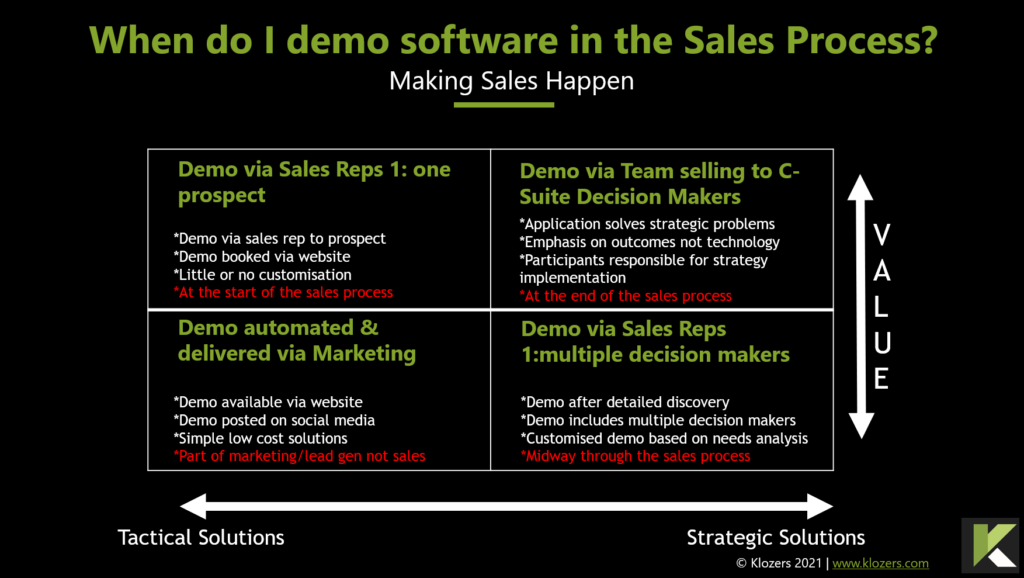Mastering the Art of Asking For The Order
asking for the order - Top Question from Google
How do you ask customers for the sale? (The short answer)
You should always remember, people do not like being sold to, but they love buying. With this in mind the best way to ask for the order, is not to ask for the order. If you use a consultative sales approach the customer will realise for themselves that there is a good fit between what you are selling and their needs. The best sales professionals never have to ask for the order. They simply create the right conditions for the buyer to buy.
If you are using a traditional sales approach in B2B sales, there are several ways to ask customers for sales, depending on the context and the relationship you have with them. Here are some examples:
- If you are in a business setting and have already established a relationship with the customer, you can ask for a sale by stating the benefits of your product or service and explaining why it would be a good fit for their needs. For example, you could say, “Our product has been proven to improve efficiency and save time, which I think would be valuable for your business. Would you like to discuss a purchase?”
If you are cold-calling or contacting potential customers for the first time, it’s important to be polite and respectful. Start by introducing yourself and your company, and then explain how your product or service can help them. For example, you could say, “Hi, my name is [Name] and I’m with [Company]. We offer a [Product/Service] that can help [Benefit]. Can I schedule a call to discuss how it could benefit your business?”
Overall, the key to asking for the sale or indeed anything, is to be polite, respectful, and informative. Show the value of your product or service, and be prepared to answer any questions they may have.
In this article we will cover...
There’s a new way to deliver sales growth…
Don’t buy Sales Training until you’ve watched this video…
1. Why it's important for salespeople to ask for the sale?
Not everyone is familiar with, or uses a consultative sales approach. Therefore, it’s very important for those using traditional sales methodologies to ask for the sale. Asking for the sale is the final step in the sales process, and it’s what ultimately determines whether the salesperson is successful in making a sale.
By asking for the sale, the salesperson is taking the initiative and putting the decision in the hands of the customer. This can be a powerful way to persuade the customer to make a purchase, and it can also help the sales person to close the deal more efficiently.
In addition to winning more sales, asking for the sale is also a crucial part of building a successful sales career. Sales is a profession that requires persistence, confidence, and the ability to handle rejection.
Asking for the sale helps sales professionals to develop these skills, and it can also help them to build a track record of success. The ability to ask for the sale has a direct impact on the sales performance of your sales team.
2. Why asking for the sale can lose sales professionals the deal
Asking for the sale is an important step in the sales process, and it’s essential for making a successful sale. However, if it’s not done in the right way, it’s possible that asking for the sale could lose the deal. Here are a few reasons why this might happen:
The customer isn’t ready: If the customer isn’t ready to make a decision, asking for the sale can be premature and can push them away. It’s important to carefully gauge the customer’s level of interest and readiness before asking for the sale.
The customer has objections: If the customer has objections or concerns, asking for the sale without addressing those issues can be counterproductive. It’s important to listen to the customer’s objections and to address them before asking for the sale.
The sales person is pushy or aggressive: Asking for the sale in a pushy or aggressive manner can be off-putting to the customer. Salespeople should be direct and clear in their request, but they should also be respectful and professional.
The customer is dissatisfied: If the customer is unhappy with the product or service, or with the salesperson’s performance, asking for the sale can be futile. In these cases, it may be better to address the customer’s dissatisfaction and try to resolve the issues before asking for the sale.
Overall, asking for the sale is a crucial part of the sales process, but it’s important to do it in a way that is appropriate for the specific situation and customer.
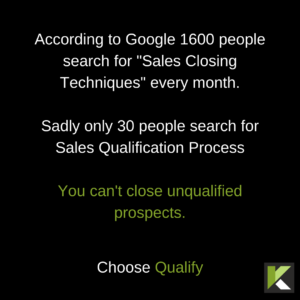
3. How fear of rejection stops sales professionals asking for the sale
Fear of rejection can definitely stop salespeople from asking for the sale. Asking for the sale is an inherently vulnerable position, and it requires the salesperson to put themselves out there and potentially face rejection. This can be intimidating, and it’s natural for salespeople to be afraid of being rejected.
However, it’s important for salespeople to overcome this fear and to ask for the sale anyway. Rejection is a natural part of the sales process, and it’s something that every salesperson will experience at some point in their career. By accepting that rejection is a possibility and by developing the skills and strategies to handle it effectively, sales people can overcome their fear of rejection and become more successful in their careers.
Sales people can overcome their fear of rejection in a number of ways, including the following:
Develop a positive attitude: A positive attitude can help salespeople to stay motivated and focused, even in the face of rejection. By believing in themselves and their abilities, salespeople can maintain a sense of confidence and resilience, which can help them to overcome their fear of rejection.
Practice effective rejection management: Sales people can learn how to manage rejection effectively by using techniques such as reframing, refocusing, and redirecting. These techniques can help sales people to view rejection in a more positive light, and to move on from rejection quickly and confidently.
Seek support: Sales people don’t have to face their fear of rejection alone. Seeking support from colleagues, mentors, and peers can provide valuable encouragement and advice, and can help sales people to feel more confident and capable.
Learn from rejection: Instead of viewing rejection as a failure, sales people can learn from it and use it as an opportunity to improve. By analyzing why a particular sale didn’t go through, salespeople can identify areas for improvement and develop strategies to overcome similar objections in the future.
By adopting these strategies, sales people can overcome their fear of rejection and become more successful in their careers.
4. How to build confidence in salespeople
Here are some tips for building confidence in a sales team:
Provide training and development: A sales team who are well-trained and well-equipped with the knowledge and skills they need to succeed are more likely to be confident in their abilities. Invest in sales training and development programs that provide sales professionals with the tools and resources they need to be successful.
Encourage positive thinking: Positive thinking is a powerful tool that can help sales professionals to build confidence and overcome challenges. Encourage sales professionals to focus on their strengths and to believe in their ability to succeed.
Set achievable goals: Setting challenging but achievable goals can help sales professionals to feel a sense of accomplishment and to build their confidence. Create a goal-setting framework that provides clear benchmarks and rewards for success.
Provide support and encouragement: Sales can be a tough and demanding profession, and sales professionals often face rejection and disappointment. Provide support and encouragement to help salespeople stay motivated and focused, and to build their confidence over time.
Celebrate success: Recognizing and celebrating the successes of salespeople can help to boost their confidence and to reinforce the behaviours and strategies that lead to success. Make sure to celebrate both individual and team successes, and to provide public recognition for outstanding achievements.
By implementing these strategies, sales managers and leaders can help sales teams to build confidence, improve sales performance and to become more successful in their careers.

5. Why salespeople feel uncomfortable asking for the sale
Asking for the sale can be uncomfortable for a sales person because they may fear rejection or feel like they are being pushy or aggressive. Additionally, some people may be unsure of how to ask for the sale in a way that is polite and respectful, or they may not be confident in their product or service. Here are some reasons why a sales person may feel uncomfortable asking for the sale:
Fear of rejection: Asking for the sale means putting yourself out there and potentially facing rejection. This can be intimidating and uncomfortable, especially for people who are sensitive to criticism or who have low self-esteem.
Concern about being pushy or aggressive: Some people may worry that asking for the sale will make them appear pushy or aggressive, which can be off-putting to customers. This may be especially true for people who are naturally reserved or introverted.
Uncertainty about how to ask for the sale: Asking for the sale is a skill that requires practice and finesse. If a sales person does not know how to do it effectively, it can make them feel unsure and uncomfortable.
Lack of confidence in their product or service: If you don’t believe in your product or service, it can be difficult to persuade others to buy it. This lack of confidence can make it uncomfortable to ask for the sale.
Overall, asking for the sale can be uncomfortable for many people because it involves overcoming these fears and doubts. However, with practice and the right mindset, you can learn to ask for the sale in a way that is confident and persuasive.
6. What are sales closing techniques?
Sales closing techniques are strategies that salespeople use to persuade a potential customer to make a purchase. These techniques can take many forms, but they all aim to help the salesperson overcome any objections the customer may have and to move the conversation towards a successful sale. Some common sales closing techniques include using a trial close to gauge the customer’s level of interest, asking for the sale directly, offering a discount or special deal, and using scarcity or urgency to create a sense of need. Sales closing techniques can be effective, but it’s important for salespeople to use them in an ethical and transparent manner.
Examples of sales closing techniques:
The trial close: This involves asking the customer a question that helps the salesperson gauge their level of interest in the product or service. For example, the salesperson might say, “Based on what you’ve told me, it sounds like this product could be a good fit for your needs. Am I correct?”
Asking for the sale directly: This is a straightforward approach where the salesperson simply asks the customer if they would like to make a purchase. For example, the salesperson might say, “Do you want to go ahead and place your order today?”
Offering a discount or special deal: This involves offering the customer a financial incentive to make a purchase. For example, the salesperson might say, “If you decide to order today, I can offer you a 10% discount on your purchase.”
Using scarcity or urgency: This involves creating a sense of need or urgency to persuade the customer to make a decision quickly. For example, the salesperson might say, “This offer is only available for a limited time, so if you want to take advantage of it, you’ll need to act now.”
In certain circumstances such as selling home products like kitchens and windows, it can help to introduce an order pad or order form to help capture the customers order details. The visible introduction of the order pad can prompt the buyer into moving forward.
It’s important to note that these are just examples, and every sales person should use the closing techniques that are most appropriate for their specific situation and customers.

7. Handling objections in sales
Objections from prospects are common as they try to reach the best buying decision for themselves. However, in most cases they are not objections, they are simply the buyers way of saying that they require more detail. Nonetheless, the inability to handle objections will cost both the sales person and the company in lost sales. Here are some tips for handling objections in sales:
Listen carefully to the objection: It’s important to understand exactly what the customer is saying and why they are objecting. Ask clarifying questions and pay attention to their body language and tone of voice to get a better sense of their concerns.
Acknowledge the objection: Show the customer that you understand their concerns and that you are taking their objections seriously. This can help to build trust and rapport with the customer.
Address the objection: Once you understand the customer’s objection, provide a response that addresses their concerns. This might involve providing additional information, offering a solution, or addressing any misconceptions the customer may have.
Ask for the sale: After you have addressed the customer’s objections, it’s time to ask for the sale. Be direct and clear in your request, and be prepared to overcome any additional objections that the customer may have.
Follow up: If the customer still isn’t ready to make a purchase, follow up with them at a later date. This can help to keep the conversation going and can increase the chances of making a sale in the future.
It’s important to remember that handling objections is an ongoing process, and every sales person should be prepared to handle objections at every stage of the sales process.
8. What are sales transition statements and how do you use them?
Sales transition statements are phrases that help you smoothly move from one part of a sales conversation to another. They can be used to introduce a new topic, ask for a sale, or overcome objections. Here are some examples of how you can use sales transition statements:
Introducing a new topic: “In addition to [current topic], there is another aspect of our product that I think you might find interesting. It’s [new topic].”
Asking for a sale: “Based on what we’ve discussed, I think our product would be a great fit for your needs. Are you ready to move forward with a purchase?”
Overcoming objections: “I understand your concern about [objection]. Let me assure you that [reassurance/solution to objection].”
To use sales transition statements effectively, make sure they are smooth and natural-sounding. Avoid using language that sounds too salesy or pushy, and focus on addressing the customer’s needs and concerns. By using these phrases to move smoothly from one topic to another, you can help guide the conversation and ultimately persuade the customer to make a purchase.
9. What are the most popular sales closing phrases?
Sales closing phrases or sales closing questions are used to conclude a sales conversation and persuade the customer to make a purchase. Some of the most popular sales closing phrases include:
“Are you ready to move forward with a purchase?”
“Can I count on you to buy today?”
“If you’re happy with everything we’ve discussed, shall we go ahead and get started?”
“Based on what we’ve discussed, I think our product is a great fit for your needs. What do you think?”
“I’m confident that our product will help you [achieve goal/solve problem]. Are you ready to make a commitment?”
It’s important to remember that these phrases are just suggestions, and the best sales closing phrase will vary depending on the situation and the customer. The key is to find the right questions or phrase that feel natural and authentic, and that helps you conclude the conversation in a way that persuades the customer to make a purchase.

10. Why a consultative sales approach is important in modern selling
A consultative sales approach is important in modern selling for several reasons. First, it allows the salesperson to better understand the customer’s needs, goals, and challenges, and to tailor their solutions to meet those needs. This can help to create a more personalized and effective sales pitch, and it can also help to build trust and rapport with the customer.
Second, a consultative sales approach is more focused on the customer’s needs than on the salesperson’s goals. This can help to create a more mutually beneficial and long-term relationship with the customer, rather than a transactional one-time sale.
Third, a consultative sales approach is more adaptable and flexible than traditional sales approaches. In today’s fast-paced and constantly changing business environment, salespeople need to be able to adapt quickly and to provide solutions that meet the customer’s evolving needs. A consultative sales approach allows salespeople to do this more effectively.
Overall, a consultative sales approach is important in modern selling because it allows salespeople to provide more effective solutions, to build stronger relationships with customers, and to be more adaptable to changing business conditions.
“A fantastic learning experience”
Amanda – Account Manager


